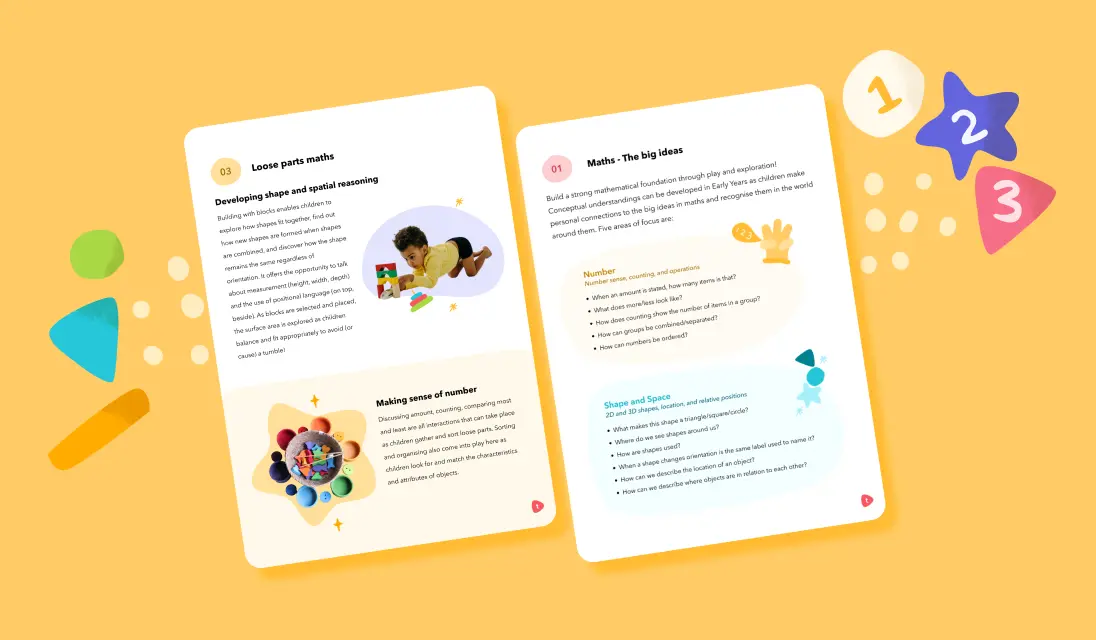Educators dedicate considerable time and effort to meticulously shape vibrant and all-encompassing learning environments. These spaces are conceived as dynamic settings, fostering opportunities for children to immerse themselves in exploration, discovery, interaction, and the support necessary for their educational journey.
In the realm of early childhood education, the learning environment becomes a canvas that vividly portrays our fundamental beliefs about children and the nature of learning itself. It’s not merely a physical space; rather, it serves as a nurturing ground:
- Empowering Learners and Consolidating Relationships: The environment acts as a facilitator, empowering learners and providing a foundation for the development of meaningful relationships.
- Provoking Curiosity, Wonder, and Exploration: It goes beyond the conventional setup by igniting curiosity, inspiring wonder, and encouraging an innate spirit of exploration.
- Engaging the Senses and Inviting Play: A multi-sensory experience is crafted to captivate young minds, inviting them into a world where learning seamlessly intertwines with play.
- Offering a Sense of Belonging: Beyond the exploratory aspects, the environment is curated to instill a sense of belonging, fostering harmony, warmth, and calm. It becomes a haven that envelops learners in an atmosphere of security and tranquillity.
As educators embark on the mission of creating such transformative environments, the initial steps can appear overwhelming. To streamline this process, we’ve focused on four key areas, breaking down the task and inviting educators to curate resources thoughtfully. This approach empowers you to fashion an environment that not only facilitates learning but also serves as a cocoon, enveloping your young learners in a metaphorical warm hug. It is a deliberate effort to make the seemingly complex task more manageable, ensuring that your learning space becomes a haven of inspiration, growth, and joy for the little learners in your care.
How to use this resource:
- Develop a shared vision on the role of the learning environment.
- Thoughtfully reflect on the spaces to affect change.
- Take action and design inspiring learning spaces.











